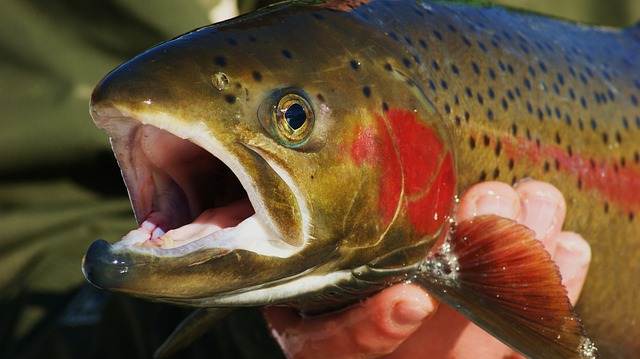
A Guide on Where to Find the Best Steelhead Rivers in Oregon
A Guide on Where to Find the Best Steelhead Rivers in Oregon
For anglers across the Pacific Northwest, few fish evoke as much passion and pursuit as steelhead. Known for their acrobatic fights and elusive behavior, steelhead are the stuff of legend—and Oregon just so happens to be one of the finest places in the country to chase them. With its abundant rain-fed streams, glacier-fed rivers, and pristine wilderness settings, Oregon offers an unparalleled steelhead experience. Whether you prefer swinging flies in the winter or drifting bait in the summer, this guide to the best steelhead rivers in Oregon will help you get on the water and into fish.

Why Oregon is a Steelhead Mecca
Oregon’s unique geography, which includes both coastal and inland ecosystems, supports both winter-run and summer-run steelhead. Winter steelhead generally return from December through April, while summer runs appear between June and September, often lingering into fall. This dual-run system means that you can fish for steelhead somewhere in the state nearly year-round.
The state’s strong conservation efforts, hatchery programs, and wild fish protections also mean anglers can enjoy a mix of catch-and-keep and catch-and-release opportunities, depending on location and season.
Now, let’s dive into the best steelhead rivers in Oregon and what makes each one worth your time.
1. Rogue River
Located in Southern Oregon, the Rogue River is one of the state’s most famous waterways. Flowing from Crater Lake National Park all the way to the Pacific Ocean, it offers both summer and winter steelhead runs.
- Best Time to Fish: Summer steelhead arrive in June and peak in September, while winter steelhead show up from January to March.
- Top Access Points: Grants Pass, Shady Cove, and the lower river near Gold Beach.
- Techniques: Drift fishing with roe or worms, swinging flies, and pulling plugs are all effective.
The Rogue is one of the most scenic steelhead rivers in Oregon, flowing through remote canyons and offering multi-day float trips for adventurous anglers.
2. Deschutes River
For fly anglers, the Deschutes River is holy ground. This Central Oregon river is best known for its summer steelhead, which enter the river from the Columbia starting in July, with peak fishing in September and October.
- Fly Fishing Only: In many sections, particularly the lower Deschutes, fishing is restricted to fly gear.
- Wading: No boats are allowed to fish while floating in the lower 100 miles of the river, making it a classic walk-and-wade fishery.
- Hot Spots: The mouth of the Deschutes at the Columbia River, Warm Springs, and Maupin.
If you’re looking for one of the most iconic steelhead rivers in Oregon for fly fishing, the Deschutes is unmatched.

3. Umpqua River System
Located in Southwest Oregon, the North and South Umpqua Rivers offer year-round steelhead opportunities. The North Umpqua, in particular, is legendary among fly anglers.
- North Umpqua: A fly-fishing-only stretch exists from the Soda Springs Dam to Rock Creek.
- South Umpqua: More accessible for gear anglers with productive winter steelhead runs.
- Best Time: Winter steelhead peak in January through March; summer steelhead in the North Umpqua arrive as early as June.
With lush forest surroundings and wild fish populations, the Umpqua River system stands out as one of the most diverse steelhead rivers in Oregon.
4. Clackamas River
Just a short drive from Portland, the Clackamas River is one of the most accessible steelhead rivers in Oregon for urban anglers. It’s a productive river for both hatchery and wild steelhead, particularly in winter.
- Winter Steelhead: Peak from January to March.
- Summer Steelhead: Smaller runs, typically starting in May and continuing through summer.
- Popular Spots: McIver State Park, Carver, and Barton Park.
Because of its proximity to the metro area and regular hatchery stocking, the Clackamas is a great choice for new steelhead anglers looking to learn the ropes.
5. Sandy River
Another great Portland-area river, the Sandy River is fed by glacial runoff from Mount Hood and flows into the Columbia. This river offers solid winter and summer steelhead runs with ample public access.
- Winter Run: The main draw, peaking in February.
- Best Access: Oxbow Regional Park, Dodge Park, and the mouth of Cedar Creek near the hatchery.
- Methods: Side-drifting, float fishing, and swinging intruder-style flies.
The Sandy’s proximity and fish counts make it one of the most active urban steelhead rivers in Oregon.
6. Nestucca River
Located on the North Coast near Pacific City, the Nestucca River is a smaller, more intimate stream that delivers outstanding winter steelhead fishing.
- Best Time: January through March.
- Popular Techniques: Bobber-dogging, drift fishing, and casting spinners.
- Bonus: The Three Rivers tributary is a prime hatchery steelhead destination.
For anglers seeking a productive yet scenic coastal experience, the Nestucca is a hidden gem among steelhead rivers in Oregon.
7. John Day River
One of the longest free-flowing rivers in the contiguous U.S., the John Day River is a high-desert beauty that offers wild summer steelhead and remarkable scenery.
- Best Season: September through November.
- Tactics: Swinging traditional steelhead flies on floating lines or light gear setups.
- Conservation Note: The John Day is strictly catch-and-release for steelhead, and home to one of the healthiest wild populations in the state.
Its remoteness and natural beauty make it a bucket-list destination for those seeking wild fish in wild places.

Tips for Success on Oregon’s Steelhead Rivers
Whether you’re a seasoned steelheader or new to the sport, a few key tips will increase your odds of success:
- Check Regulations: Rules vary between rivers and change seasonally. Visit the ODFW website for the latest.
- Gear Up Accordingly: Use 8-9 foot medium-heavy rods for winter steelhead; lighter rods work better for summer fish.
- Respect the Fish: Practice ethical catch-and-release techniques, especially for wild steelhead.
- Timing Is Everything: Water levels, clarity, and temperature can all affect fish activity. Monitor river flows before your trip.
- Hire a Guide: Especially helpful on new rivers or when chasing elusive wild steelhead.
From the mighty Rogue to the high-desert John Day, the diversity of steelhead rivers in Oregon ensures that every angler can find their ideal challenge. Whether you prefer the solitude of remote canyons, the tradition of swinging flies, or the thrill of chasing chrome-bright fish close to home, Oregon has a steelhead stream for you.
Fishing these rivers is more than a sport—it’s a connection to wild places, resilient fish, and time-honored tradition. So grab your rod, study the river flows, and explore the unforgettable experience of fishing the best steelhead rivers in Oregon.
Schedule your Oregon Fishing Charter Today!
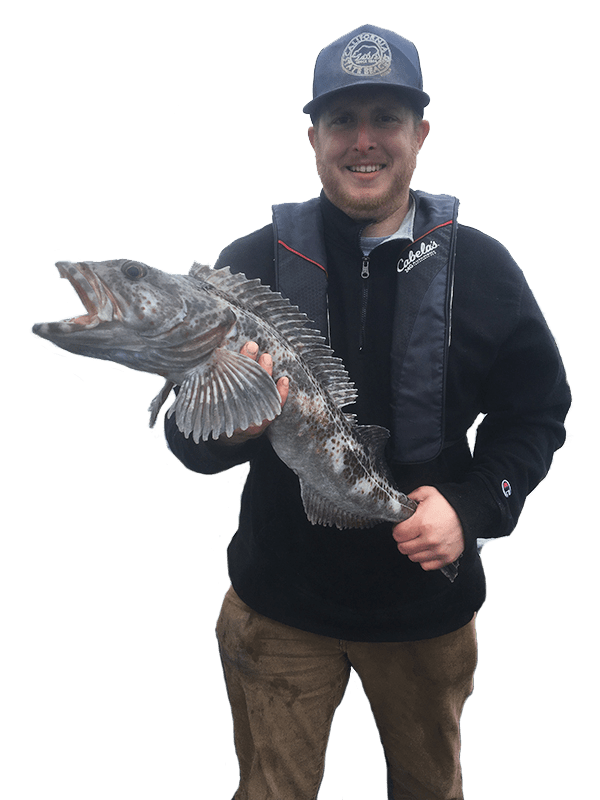

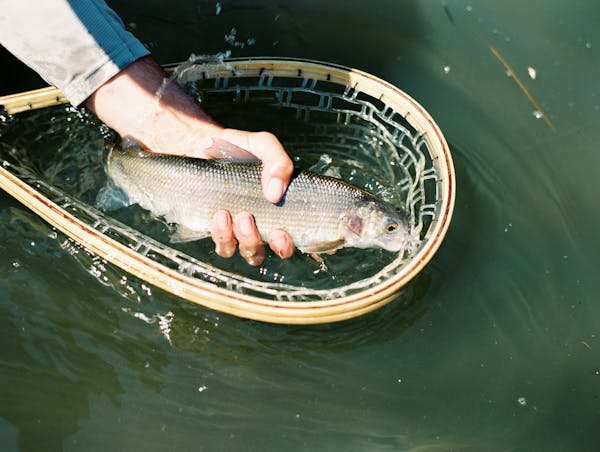



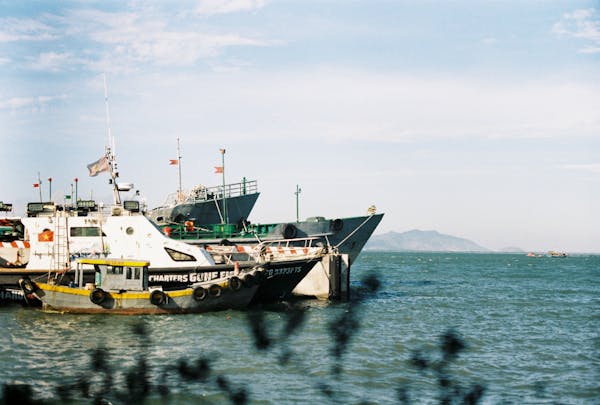
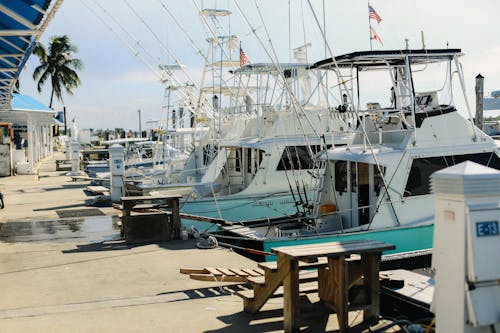










Recent Comments